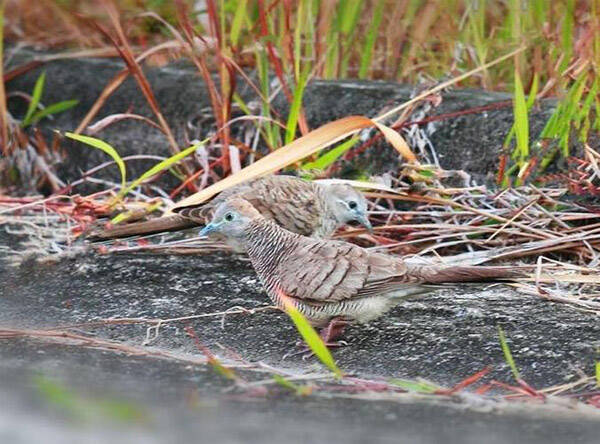Macropygia phasianella
IUCN
LCBasic Information
Scientific classification
- name:Macropygia phasianella
- Scientific Name:Macropygia phasianella
- Outline:Landfowl
- Family:
Vital signs
- length:30-40CM
- Weight:1-2kg
- lifetime:No textual research information is available
Feature
Distribution and Habitat
Foreign distribution: East coast of Australia, from Cape York to eastern Victoria.
Domestic distribution: Taiwan.
It is a resident bird widely found in the subalpine forests of Southeast Asia. China is a rare resident bird in southern Yunnan (Xishuangbanna). It inhabits mountain forests below 2000 meters above sea level, sometimes appearing on the forest edge and the plain at the foot of the mountain, inhabits and feeds in the forest, and often flocks to prey on nearby rice fields.
Appearance
The head, side and back of the neck are cinnamon russet or chestnut brown, with slight black lines, lighter plumage on the forehead, around the eyes and throat, and near black on the top of the head and pillow with a purplish-red sheen. The back, wings and tail feathers are dark chestnut brown, while the upper back and wings have a greenish-purple metallic sheen. The tail feathers are very long and the color is the same as the back, and the base of the two pairs of the outer tail feathers is rusty brown and has a faint black stripe. The underbody is rusty brown or cinnamon-brown, with faint dark brown lines. Chin and throat are light without spots. The flanks and abdomen are dark.
Blue iris, brown mouth, red base, red feet.
Size measurement: weight 1-2 kg, body length 300-400 mm, peak 18-20 mm, wings 191-210 mm, tail 160-205 mm.
Details
Cuckoo doves (Macropygia phasianella) usually live in large groups. Take time to move, always stop for a moment before taking off when in danger. The cry was muffled. It feeds mainly on fruits, seeds and buds of plants.

The breeding period is from April to July. They often nest in pairs. They usually nest in the branches of trees or between shrubs and bamboo bushes in the forest. The nest is mainly composed of twigs and moss. Each litter usually lays 1 egg. The eggs are pale yellow in color and 29×21 mm in size.
Listed in the National secondary Key protected wildlife, IUCN Red List: LC(2014).
Protect wild animals and eliminate wild meat.
Maintaining ecological balance is everyone's responsibility!








